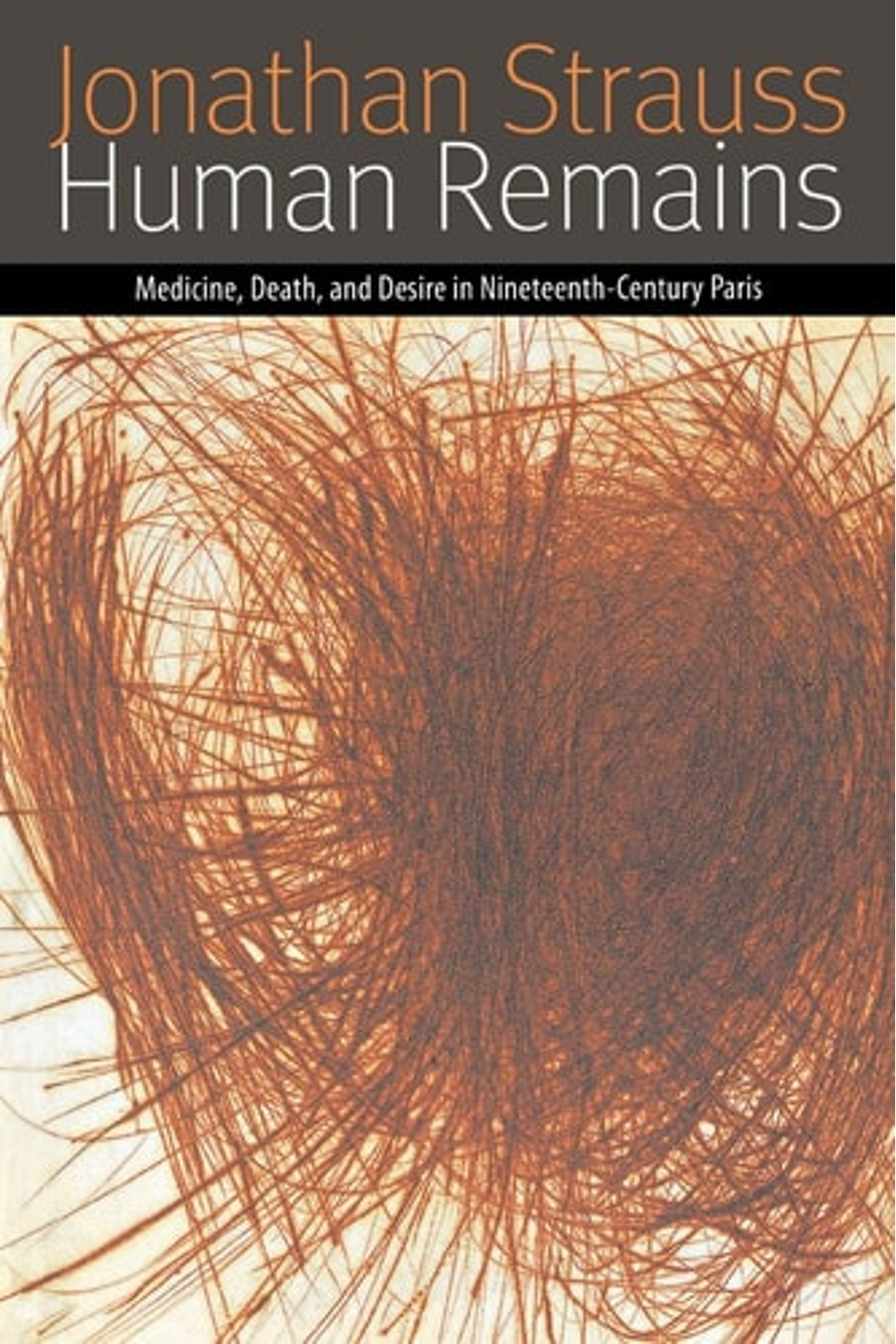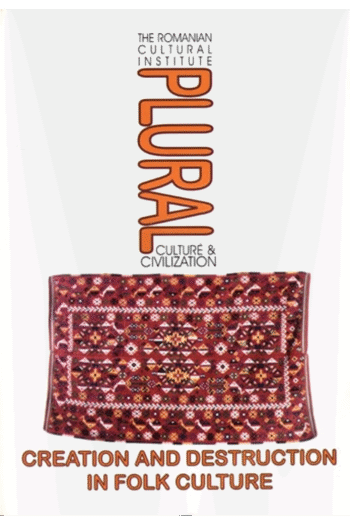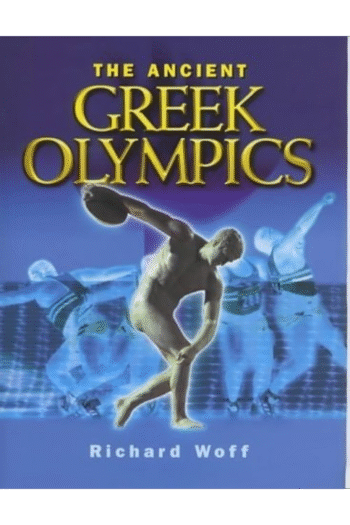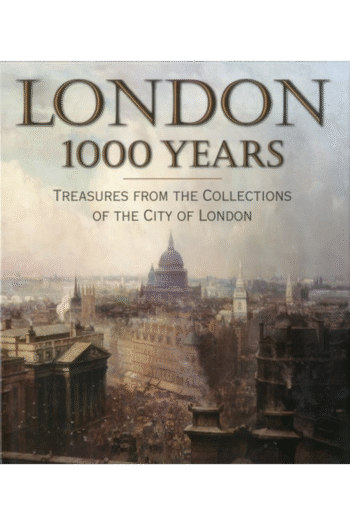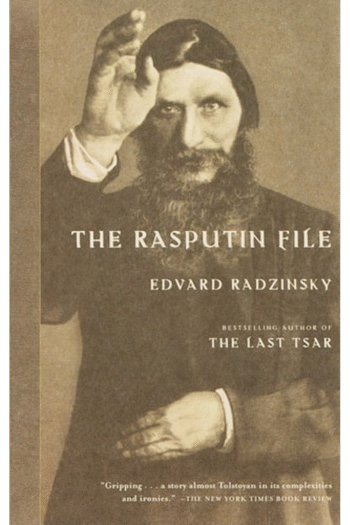Unearth the captivating and unsettling story of death’s transformation in 19th-century Paris with Jonathan Strauss’s “Human Remains: Medicine, Death, and Desire.” More than a historical account, this illustrated paperback delves into the cultural anxieties surrounding mortality that fueled the rise of modern Paris. Explore how the fear of contagion and the burgeoning fields of medicine and hygiene reshaped the city’s landscape, both physically and intellectually, as the living sought to distance themselves from the dead. Strauss masterfully weaves together history, literature, art, and psychoanalysis to reveal the irrational, even erotic, forces driving the medicalization of death. Discover how this morbid fascination shaped one of the world’s most iconic cities. A compelling read for those interested in medical history, urban studies, and the enduring human struggle with mortality.
Human Remains: Medicine, Death, and Desire in Nineteenth-Century Paris (Forms of Living)
19,44 $
In stock
The living and the dead cohabited Paris until the late eighteenth century, when, in the name of public health, measures were taken to drive the latter from the city. Cemeteries were removed from urban space, and corpses started to be viewed as terrifyingly noxious substances.
The dead had fallen victim to a sustained reflection on the notions of life and death that emerged from the two new medical fields of biology and hygiene. In large part, the Paris of the nineteenth centurythe Paris of modernityarose, both theoretically and physically, out of this concern over the relations between the animate and the inanimate.
As the dead became a source of pervasive and intense anxiousness, they also became an object of fascination that at once exceeded and guided the medical imagination attempting to control them. Human Remains examines that exuberant anxiety to discover the irrational, indeed erotic, forces motivating the medicalization of death.
Working across a broad range of disciplines, including history, literature, the visual arts, philosophy, and psychoanalysis, the book seeks to understand the meaning of the dead and their role in creating one of the most important cities of the contemporary world.
| Authors | |
|---|---|
| Binding | |
| Condition | |
| ISBN-10 | 0823233804 |
| ISBN-13 | 9780823233809 |
| Language | |
| Pages | 410 |
| Publisher | |
| Year published | |
| Weight | 544 |
| Edition | Illustrated |
| Dewey decimal | 306.90944/3609034 |
Related products
-
PLURAL
18,20 $ -
The Ancient Greek Olympics
17,20 $ -
The Rasputin File
21,24 $
- Additional information
- Currencies
- USD – United States dollar
- EUR – Euro
- GBP – Pound sterling
- CNY – Chinese yuan
- BRL – Brazilian real
- MXN – Mexican peso
- JPY – Japanese yen
- PHP – Philippine peso
- THB – Thai baht
- PLN – Polish złoty
- CAD – Canadian dollar
- MYR – Malaysian ringgit
- AUD – Australian dollar
- TWD – New Taiwan dollar
- CZK – Czech koruna
- SEK – Swedish krona
- HUF – Hungarian forint
- ILS – Israeli new shekel
- CHF – Swiss franc
- HKD – Hong Kong dollar
- DKK – Danish krone
- SGD – Singapore dollar
- NOK – Norwegian krone
- NZD – New Zealand dollar

